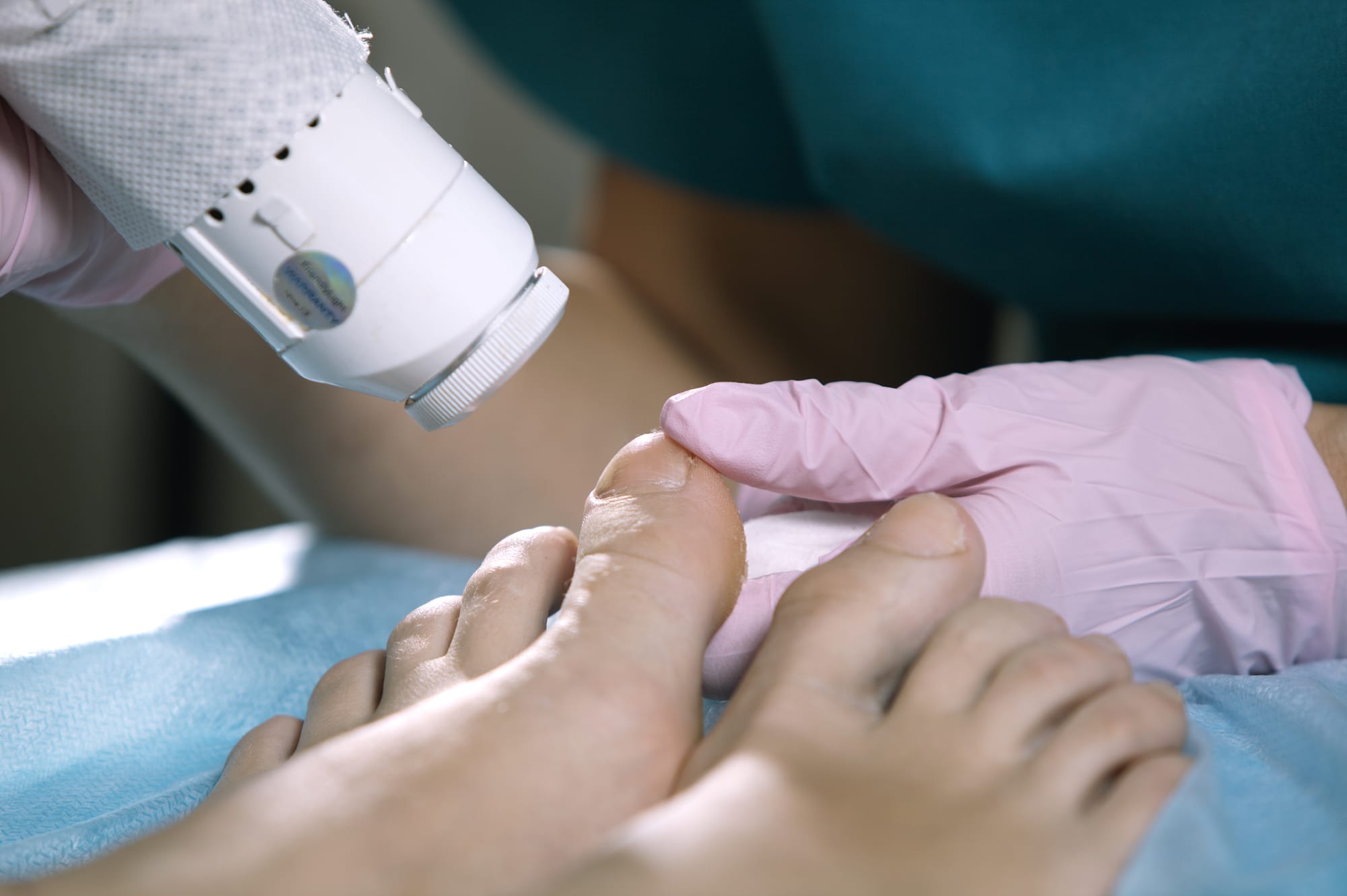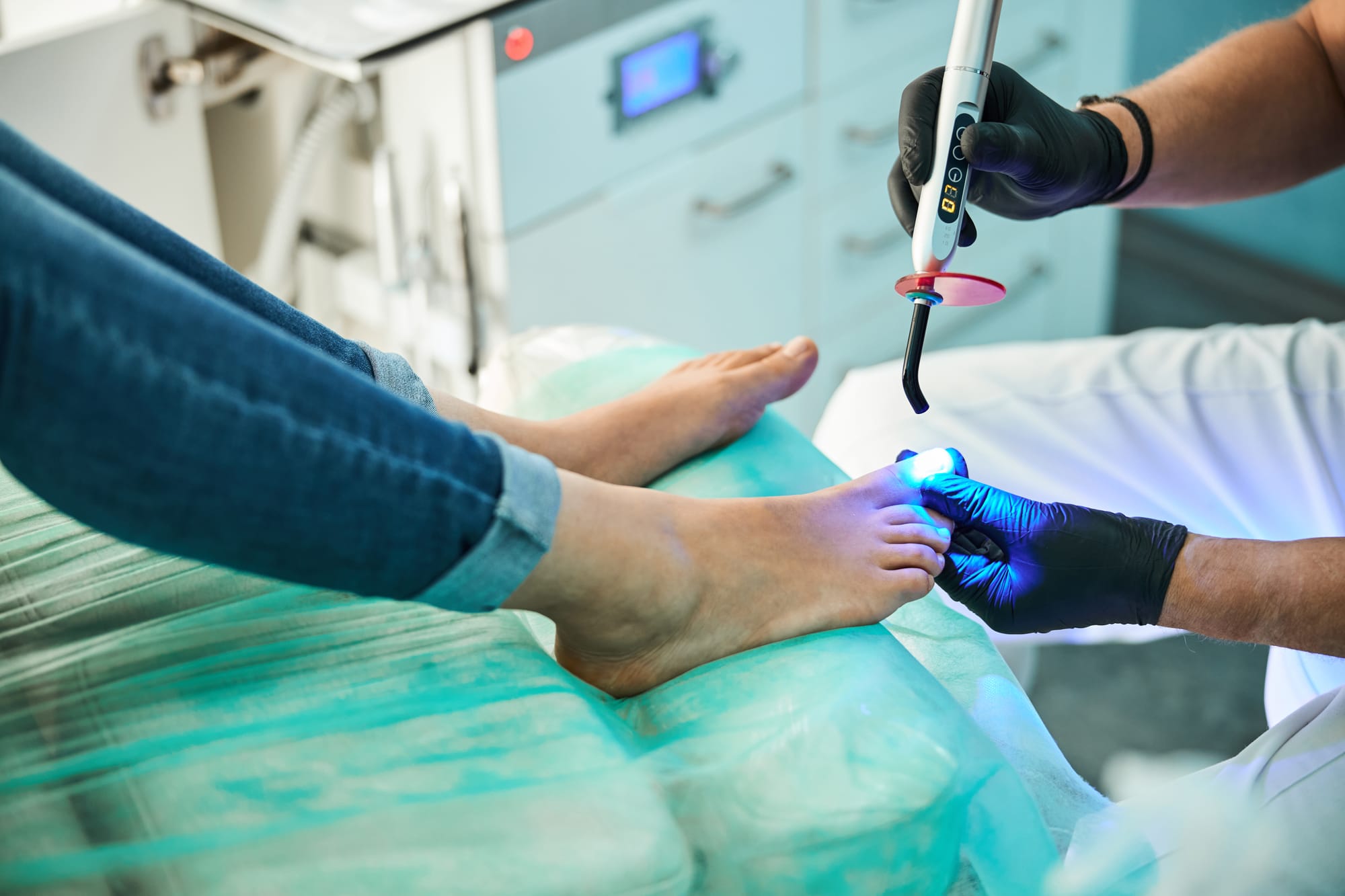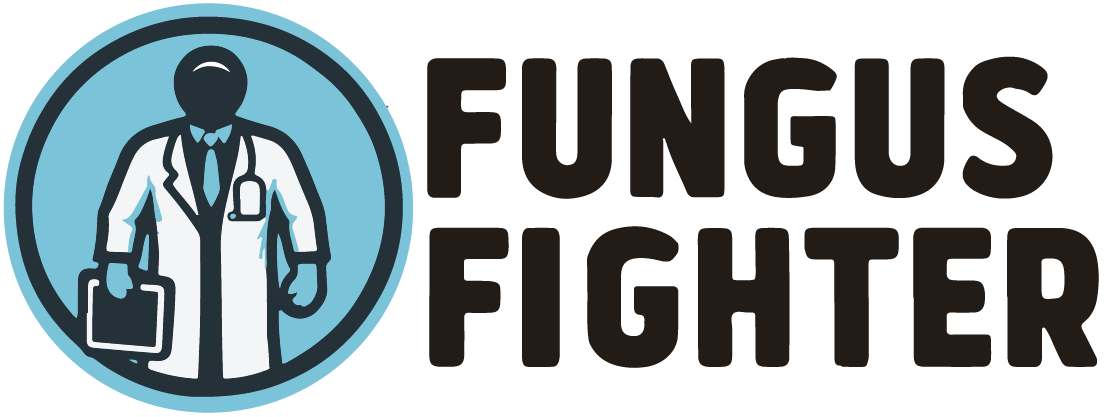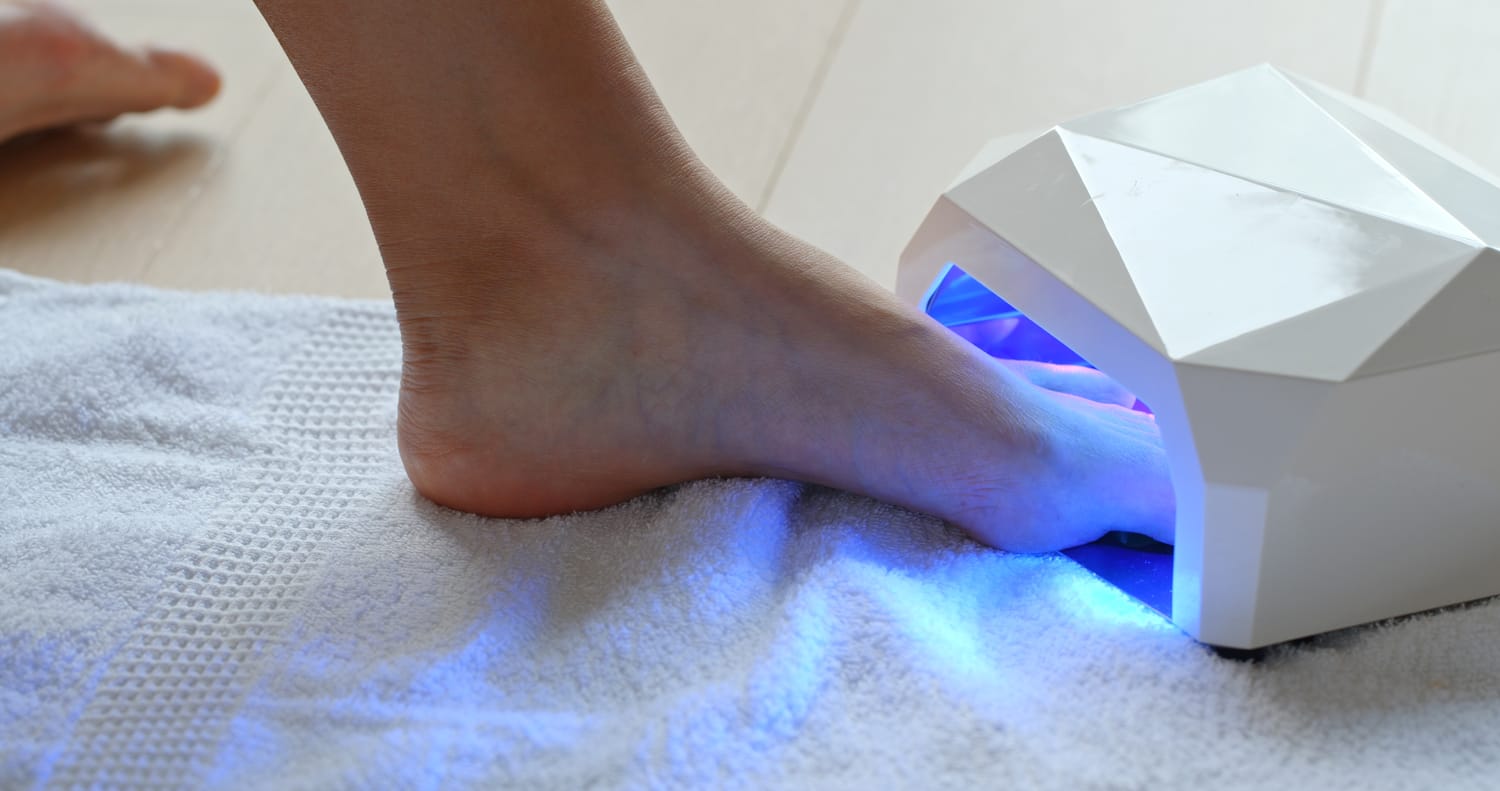Onychomycosis, commonly known as toenail fungal infection, is one of those very common yet hardly curable diseases. Their traditional treatments involving topical creams and oral medications take enormous amounts of time and may also have some side effects. However, in recent times, laser treatment has become one of the most opted-for options. This article reflects upon how laser treatment works, the possible side effects, and some tips on prevention from re-infection.
How Laser Works
Laser treatment for fungal infection of the toenails works by targeting the fungus with concentrated light. During this type of treatment, the laser heats up the infected tissue beneath the nail and kills the fungus without damaging the surrounding healthy tissue. The general duration is about 30 minutes for each session, which may vary depending on how many sessions the patient would want to undertake.

Effectiveness
Many investigators have reported that toenail fungal infection is responsive to laser treatment. Success rates, defined variably, have reportedly ranged between 30% and 91%, with the variability being dependent on the type of laser applied and severity of the infection. Success rates may be variable but the majority of people see significant improvement in the cosmetic appearance and health of their nails.
Possible Side Effects
Generally, laser therapy is not harmful, but like all the other forms of treatments, laser also has its possible side effects. During the treatment process, the patient may feel a mild pain or discomfort, and bleeding or infection might take place in the treated area. One can always discuss one's apprehensions with the treating physician before laser treatment.

Prevention against Reinfection
To continue having good, healthy nails even after laser treatments, you should avoid re-infection. Here is a guide to help you get fungus-free toenails:
- Keep Your Feet Clean and Dry: Clean your feet daily with soap and water, and let your feet dry thoroughly-between the toes most especially. The fungi want a warm and moist environment as a place to thrive.
- Wear Breathable Shoes: Shoes should be made from natural materials such as leather or canvas. They allow your feet to breathe. Shoes that fit tightly shouldn't be worn because they trap moisture.
- Antifungal Topicals: For a minimum of six months following treatment, an antifungal cream or solution is applied directly to the nails to prevent recurrence.
- Public Place Precautions: Wear protection-a pair of flip-flops or shower shoes-in public areas like pools, lockers, and showers.
- Toenail Trimming: Keep toenails at the middle length-neither too long nor too short-just straight across the toe. Use a clean, sterile nail clipper to prevent bacteria and fungi from showing up around your feet.
- Check Your Toenails: Check your toenails regularly for color, thickness, or texture changes-a common indication that the fungus infection has returned. If any abnormalities are found, report it immediately to your doctor.
Why Over-the-Counter Antifungal Products Are a More Sure and Safe Treatment
Laser treatment does not always work, however, and for many, over-the-counter antifungal products remain a surer, safer alternative. Most of these home remedies, which include antifungal creams, ointments, and sprays that one can find almost anywhere, are simple to apply. These have been vastly researched and are really effective in dealing with mild and moderate fungal infections.
The main benefits of OTC antifungal products will be:
- Accessibility: OTC products are available at every pharmacy, plus the fact that no prescription is required to buy them; therefore, this convenience attracts others that would want faster-acting results.
- Affordability: Over-the-counter antifungal treatments are a long way cheaper in comparison to laser treatment sessions; hence, both can be for many people quite affordable.
- Safety: Over-the-counter products have no record of adverse use and are properly designed to reduce the chances of after-effects. They are generally well tolerated, even by persons who have sensitive skin.
- Ease of Use: They usually come with instructions that are easy to follow, and thus one can apply it by themselves at home, which is hassle-free in treating fungal infection.
Conclusion
Laser treatments for toenail fungus are promising, yet the prospect for improvement in nail health is likewise very possible. For most, though, over-the-counter antifungals have been the surer, safer, and easier choice. Be that as it may, with just a little prevention and good hygiene for the feet, your nails can remain healthily bereft of an infection.


